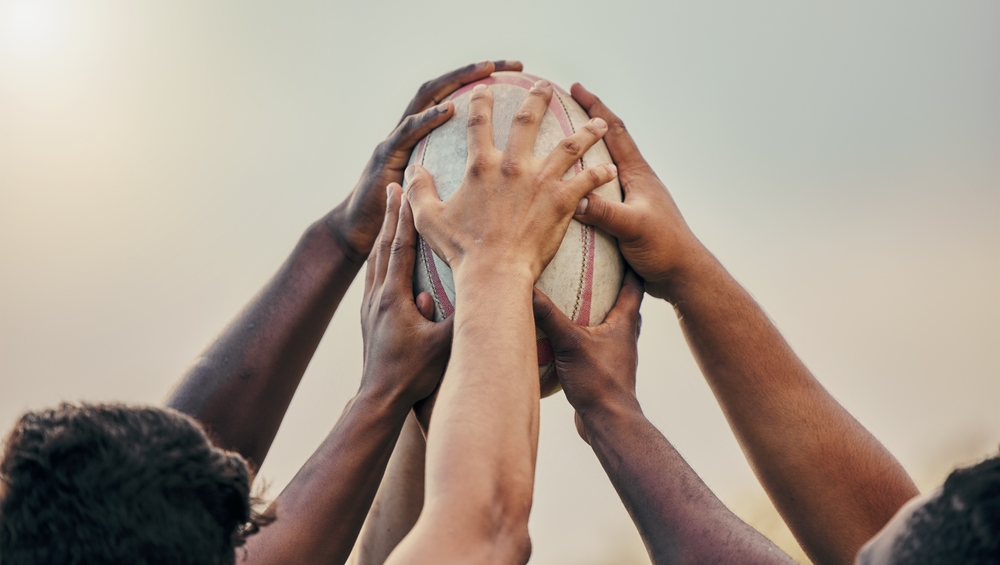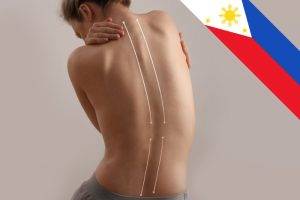Pioneering Research in Rugby Safety
Recent studies, primarily the ORCHID and Elite Extension studies, have illuminated the dynamics of rugby like never before. Utilising smart mouthguard technology, these studies reveal that 86% of head forces in community rugby are comparable to or less than those in general exercises like running or jumping. This finding is crucial in understanding the real impact of rugby on player safety.
Smart Mouthguards: A Game Changer
Smart mouthguards, supplied by Prevent Biometrics, have played a pivotal role in these studies. They measure g-forces, offering insights into the forces exerted on players’ heads during matches and training. This technology, validated both in labs and on the field, provides invaluable data for enhancing player safety.
Embracing Innovation: The Impact of Smart Mouthguards on Rugby Safety
“Smart mouthguards represent a significant leap in understanding and preventing rugby-related injuries,” explains Dr. Melanie Bussey, Associate Professor in Biomechanics at the University of Otago. She further adds, “Our goal is to make a meaningful impact on player safety, and seeing our research contribute to new safety strategies is extremely rewarding.”
Dr. Gregory Tierney, Assistant Professor in Biomechanics at Ulster University, highlights the practical applications of these studies: “The data gathered from smart mouthguards is pivotal in monitoring head impact exposure. This assists in developing strategies to make rugby safer and aids in medical decision-making on the sidelines.”
Insights from the ORCHID Study
The ORCHID study offers critical insights into head acceleration events (HAEs) in community rugby, revealing trends across age groups and playing positions with implications for training and match interventions.
Key Findings on Weekly Exposure
Age and Exposure: The study found that as players grow older, the proportion of HAEs during matches increases compared to training sessions. This reflects the natural increase in match intensity with age and playing experience.
Training Approaches: Younger players, with shorter pre-season preparation, focus more on contact during both weekly training sessions. In contrast, older players, who have longer pre-seasons, dedicate one training session each to contact and tactical preparation, affecting the distribution of HAEs.
Implications for Community Rugby
Focus on Tackle and Ruck Techniques: The results suggest that community rugby coaches, particularly for U19 players, should emphasise proper tackle and ruck techniques.
Training Load Management: The diminishing contribution of training sessions to weekly HAE exposure as players age indicates a need for age-appropriate training load management, especially for younger players where skill acquisition is a priority.
The ORCHID study’s comprehensive analysis of HAEs in community rugby not only enhances our understanding of the sport’s safety dynamics but also paves the way for targeted injury prevention strategies and safer playing environments.
Elite Rugby and Player Safety
The Elite Extension study further demonstrates that most contact events in elite rugby do not result in significant head force. However, when such forces occur, they are most prevalent in tackles and rucks, with forwards experiencing more impacts than backs.
World Rugby’s Progressive Approach
World Rugby’s commitment to player welfare is evident in its adoption of these findings. The integration of smart mouthguards into Head Injury Assessment protocols from January 2024 is a testament to their proactive stance in leveraging technology for player safety.
The research has already influenced community rugby, leading to trials of lower tackle heights and enhanced training programs. This demonstrates a direct application of research findings in modifying game rules and training methods for improved safety.
Complementing these safety studies, World Rugby’s research highlights rugby’s health benefits, such as reduced obesity and mental illness rates. This comprehensive view balances the risks and rewards of the sport.
These studies provide a more complete picture of rugby’s impact, leading to informed decisions for reducing head forces in the game. This approach is crucial for the sport’s continuous evolution in safety standards.
References
- Independent studies using smart mouthguard data sheds light on rugby like never before – Keep Rugby Clean | world.rugby. (n.d.). https://www.world.rugby/keep-rugby-clean/news/891042/independent-studies-using-smart-mouthguard-data-sheds-light-on-rugby-like-never-before
- Bussey, M. D., Salmon, D., Romanchuk, J., Nanai, B., Davidson, P., Tucker, R., & Falvey, A. (2023, September 7). Head Acceleration Events in Male Community Rugby Players: An Observational Cohort Study across Four Playing Grades, from Under-13 to Senior Men. Sports Medicine. https://doi.org/10.1007/s40279-023-01923-z
- Tooby, J., Woodward, J., Tucker, R., Jones, B., Falvey, A., Salmon, D., Bussey, M. D., Starling, L., & Tierney, G. (2023, October 31). Instrumented Mouthguards in Elite-Level Men’s and Women’s Rugby Union: The Incidence and Propensity of Head Acceleration Events in Matches. Sports Medicine. https://doi.org/10.1007/s40279-023-01953-7













